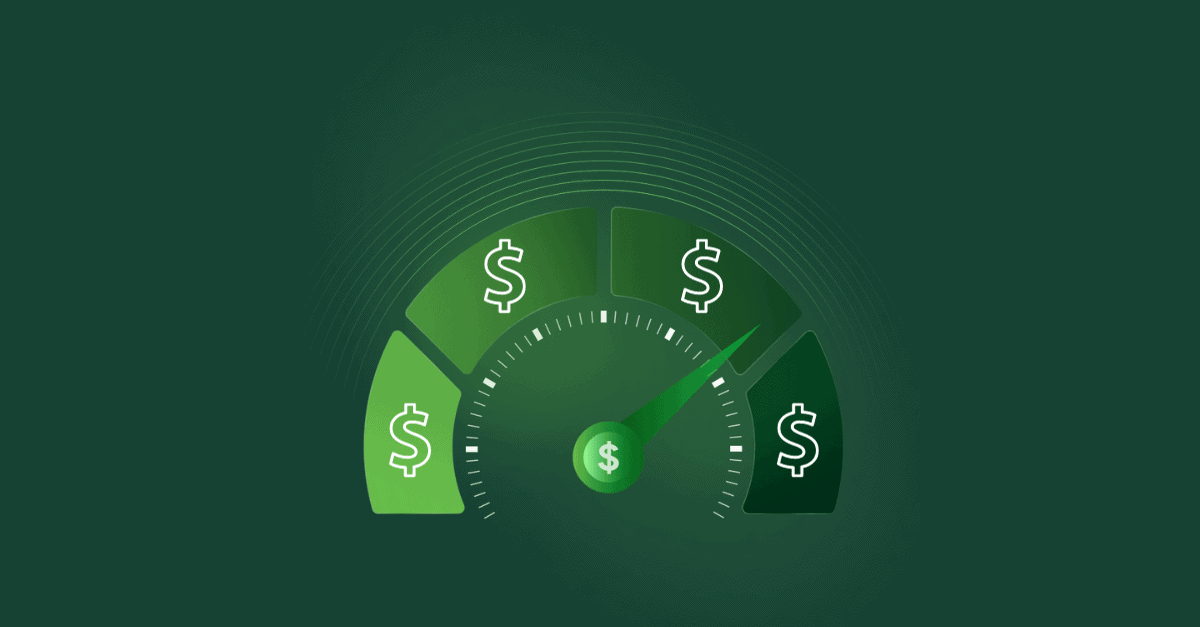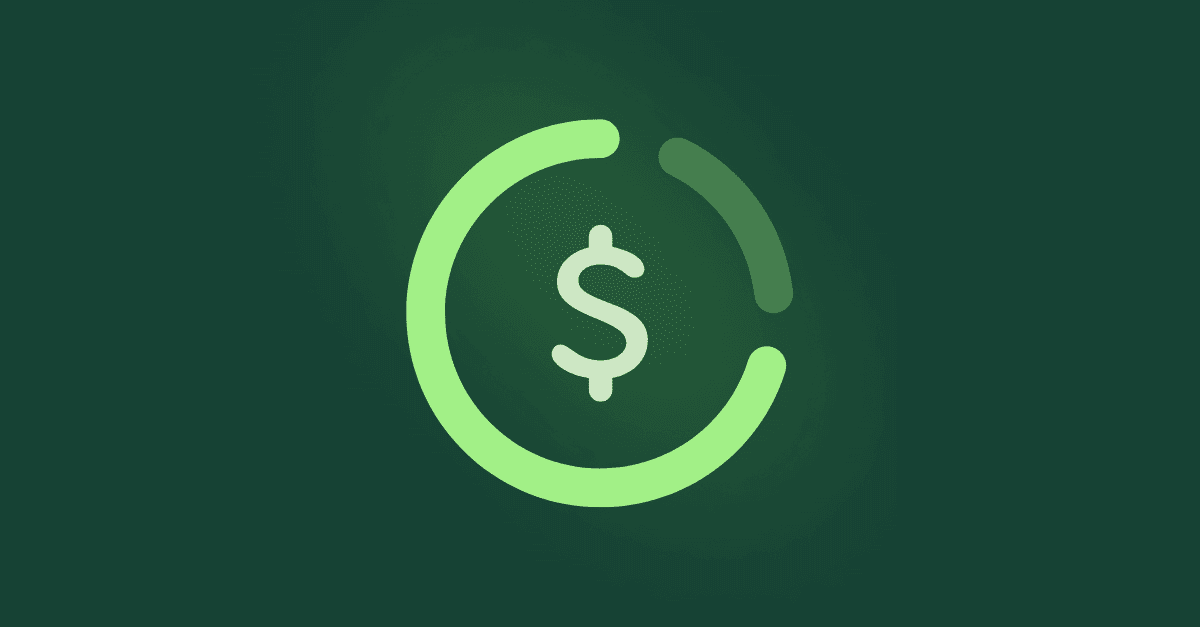Usage-based pricing: the shiny new pricing model in SaaS that’s all the rage right now. It has been popularized because of the wild success it’s provided for public usage-based companies like Snowflake, Amazon Web Services, Splunk, MongoDB, Confluent, the list goes on. But, implementing usage-based pricing right comes with a unique set of challenges that span front-office pricing and packaging strategy to back-office systems and processes that can account for the increased amount of complexity and data required to invoice customers and recognize revenue, for example. Its ability to lower barriers to software adoption is a big draw for companies looking to scale, but is it right for every business? Usage-based pricing is perceived to better align with customer success and value and reduce churn since customers “only pay for what they use.” This alignment often leads to higher customer satisfaction and customer retention, enhancing net revenue retention. We’ll break down what usage-based pricing is and how to know if it’s right for you so you can make informed business decisions.
What Is Usage-Based Pricing?
As the name suggests, usage-based pricing allows companies to pay for a SaaS platform based on their actual usage of the product or service. Also called a consumption-based pricing model, this approach measures a business’s actual usage and invoices the customer based on a pre-determined price per usage metric rather than charging a flat fee for access to the platform or service, like seat-based pricing models.
Usage-Based Pricing vs Subscription-Based Pricing
With subscription-based models, companies are obligated to subscribe to the recurring use of products or services rather than paying only for what they actually utilize.
When browsing Salesforce’s Customer Relationship Management (CRM) solutions, for example, you’ll see three organizational sizes to choose from:
- Small and emerging—200 employees or less
- Midsize—200-1,000 employees
- Enterprise—1,000+ employees
Let’s say your company has 201 employees. Such subscription-based models force you to pay for support for an extra 799 users for the length of your agreement. With a usage-based pricing strategy, however, you’d only pay for the platform’s exact number of users and usage metrics.
Benefits of Usage-Based Pricing Models
Compared to other pricing models, usage-based pricing offers companies greater flexibility. In fact, some of the main reasons why over 60% of companies have implemented some form of usage-based pricing include the following.
Cost Efficiency for Consumers
A pricing model based on customer usage, instead of an all-or-nothing package, not only helps reduce overspending on shelfware or unused licenses for existing customers but also enhances customer satisfaction. It ultimately leads to a more favorable view of your platform’s value.
Revenue Flexibility for Businesses
By utilizing a SaaS platform with costs tied to actual usage, you never pay for underutilization. With subscription-based models, the monthly or annual bill will always be the same—regardless of how much you use.
This means that with usage-based pricing, the customer’s usage can be variable depending on whether they have a slow or a high usage period. Consequently, customers can right-size their usage based on their budget and needs.
Types of Usage-Based Pricing Models
Now that you’re clear on the difference between usage-based pricing and subscription pricing, let’s explore consumption-based pricing models and product-led growth strategies a little deeper.
Usage-based is actually an umbrella term that covers several different specific pricing strategies. The most common forms of usage-based pricing include the following.
Volume Usage-Based Pricing
Volume usage-based pricing is a popular pricing strategy used by many usage-based SaaS platforms to determine the cost of their services. It’s one of the many Saas pricing models available in the market.
For instance, some SaaS platforms may charge $X per unit for the first 100 users and then reduce the cost incrementally as usage increases, making it an affordable option for businesses of all sizes.
Overages
Using minimums and overages guarantees you a certain amount of revenue during a given billing period while also presenting the potential for further profits. With such models, customers pay for their expected volumes and (if they happen to exceed them) foot the bill for any additional usage.
Pre-Payment for Usage
In pre-payment models, customers agree to a fixed contract in which they receive support for a pre-established volume of usage. A pre-paid usage model essentially gives the customer a set amount to use without fear of overage or frequent billings. Often, a pre-payment is just a set amount of credit the company can use as it pleases.
Hybrid Usage-Based Billing
Hybrid models combine subscription fees with usage charges to create a unique pricing model. Often, neither the subscription nor usage costs are individually as high as they would be in standalone models. It provides customers with the flexibility to scale up or down while maintaining a recurring base price.
Is Usage-Based Pricing Right for You?
A usage-based pricing structure can be enticing for companies looking for SaaS solutions with lower upfront costs and those seeking new ways to attract new customers.
To determine if usage-based pricing is right for your SaaS business, consider:
- Usage trackability: Do you have a way to track customer usage and associate a price to usage volume?
- The potential drawbacks: Implementing a usage-based model leads to variable monthly income, making revenue tracking and forecasting difficult.
- How well it fits your business plan: If you hope to attract new customers, usage-based pricing can come with an easier barrier to adoption which may entice more individuals to sign up for your product or service.
How to Implement a Usage-Based Pricing Model for SaaS Companies
Implementing a usage-based pricing model for SaaS companies can have significant benefits, including increased revenue and improved customer satisfaction. However, it requires careful planning, collaboration, and the right technology infrastructure.
1. Cross-functional Collaboration
One of the first steps in implementing a usage-based pricing model is to involve key stakeholders from various departments. This cross-functional collaboration ensures that all perspectives are considered and helps in designing an effective pricing strategy. Sales, RevOps, Product, Finance, and Accounting departments should actively participate in this process.
Sales teams can provide valuable insights into customer needs and preferences, which can help in identifying the most suitable value metric for the pricing model. Revops teams can contribute by analyzing the impact of the new pricing model on existing processes and systems. Product teams can provide valuable input on how usage-based pricing can be integrated into the product offering. Finance and accounting teams are crucial in assessing the financial implications of the pricing model and ensuring compliance with accounting standards.
“Cross-functional collaboration allows for full company-wide alignment in relation to rolling out the usage-based pricing model. It is extremely important that all parties potentially impacted, in any way, by such a transition come together to ensure that all facets of the process are discussed and documented before the new pricing model is live. A usage-based pricing model is reliant on data from the product itself and more importantly, that data has to be able to be properly metered (rated) for use by downstream teams such as Accounting and Finance. All of these pieces of the process require close cross-functional collaboration.”
-Andrew Trompeter, Solutions Consultant, RightRev
2. Pricing Design and Strategy
A key aspect of implementing a usage-based pricing model is identifying a value metric that will be the basis for the usage-based pricing report. The value metric should align with customer value and be easily measurable. For example, for a project management software, the number of active projects or the amount of data stored could be used as the value metric.
Financial modeling is essential to forecast revenue and assess the impact of the new pricing model. This involves analyzing historical usage data, customer segments, and pricing tiers. By creating financial models, businesses can gain insights into how the new pricing model will affect revenue, profitability, and resource allocation.
With any pricing change, effective communication with customers is crucial. A well-thought-out customer communication strategy should be developed to inform customers about the upcoming billing changes and provide clear guidelines on how the usage-based pricing will work. Providing ample time for customers to prepare and seek clarification on any concerns can help ensure a smooth transition.
Another important consideration is the impact on sales compensation and commissions. The new pricing model may require adjustments in the structure of sales compensation plans. It is essential to align the incentives with the business objectives and ensure that the sales team is motivated to drive usage and growth. Collaborating with the sales team and obtaining their input during the design phase can help address any potential challenges.
3. Tech Stack
To implement usage-based pricing effectively, businesses need to invest in a robust tech stack. Usage dashboards are critical for customers to track their usage and manage their bills effectively. These dashboards should provide clear and intuitive information about usage metrics, billing details, and any additional charges incurred. User-friendly dashboards can enhance the overall customer experience and minimize any billing surprises.
Billing can be complex in a usage-based pricing model due to the variable nature of the billed amount. A billing system that can handle these complexities is crucial to ensure accurate and timely billing. Businesses should consider implementing a billing solution that can handle different pricing tiers, usage thresholds, and any additional charges or discounts.
Revenue recognition can also be challenging in a usage-based pricing model, as the timing and amount of revenue recognition may not align with the billed amount. Implementing a sophisticated revenue recognition solution will enable businesses to handle complex revenue recognition scenarios and comply with accounting standards. This will ensure accurate financial reporting and transparency. Mike Scarpilli, CFO of Snowflake and a RightRev customer, states, “The biggest challenge is around systems. Until the last few years, the only companies that operated as truly utility-based companies were the big telecom operators or the energy companies that had meters on their products.” Investing in solutions that will scale and allow you to adopt new products, go-to-market motions, etc., will determine your ability to grow with ease and, ultimately, stay ahead of the usage-based pricing trend.
Consider Usage-Based Pricing for Your SaaS Platforms
Perhaps one of usage-based pricing’s biggest selling points is the potential for companies to test the efficacy of a SaaS solution and see how well it fits into their infrastructure without committing to an upfront annual price.
This initial trial period allows companies to link the price they pay for software with the value they receive from it. If the product fits their needs in this limited capacity, they can then scale its use across departments or their whole organization. Ultimately, usage-based consumption eliminates fears of over-investing in a solution as companies can easily ramp up or taper off their usage at almost any time.
How RightRev Can Help You Implement Usage-Based Pricing
Usage-based pricing is an innovative way to generate revenue for your SaaS company. However, it also leads to more complex usage-based revenue recognition and reporting. Variable incomes, overages, and complex hybrid models can make it difficult to attribute and track revenue across monthly or annual periods—can you imagine trying to track all of this with spreadsheets? No, thank you! Manual billing and revenue recognition for usage-based pricing models can leave a lot of room for errors, which ultimately affects customer satisfaction if too many billing and invoicing errors are made.
Instead, we recommend an automated solution like RightRev for usage-based revenue recognition.
RighRev is an easy-to-use revenue recognition software that can quickly generate revenue contracts based on pre-defined revenue rules and triggers. Even if your usage-based plan features a $0 sales cost with latent monthly returns, RightRev can recognize a future-date invoice, attribute revenue to the right period, and simplify your accounting procedures. RightRev has many successful implementations across usage-based, subscription-based, or other pricing methods for SaaS customers. Explore everything we offer and see how RightRev can take the headaches out of complex revenue accounting.




